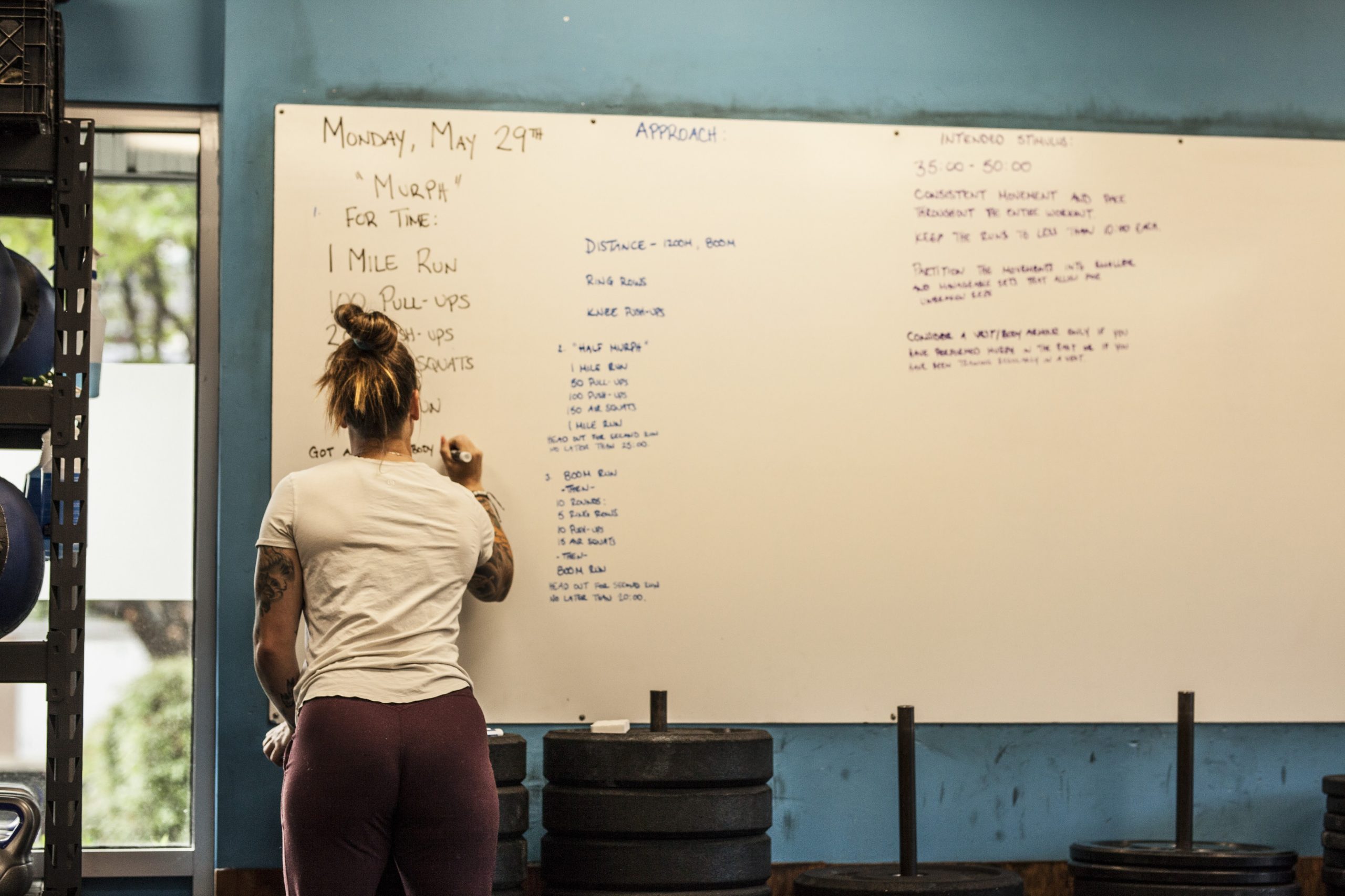Fitness is Measurable
You’ve been hitting the gym for a solid 6 months, working hard on your fitness, sweating through your shirt, losing weight, and gaining muscle. You can tell things are changing: you seem to have more energy, you are sleeping better, when you go out for lunch you’re making aligned food choices.
You can tell you are becoming more fit.
But how do you know for sure? Is fitness something we can actually measure?
What is Fitness?
This fairly ambiguous word in the health and wellness sector is often thrown around without much regard. Is a triathlete more fit than a strongman competitor? Are professional athletes the epitome of fitness? What about your friend who exercises daily at the local CrossFit gym – is she fit?
Back in 2002, CrossFit’s then CEO Greg Glassman wrote an article entitled, “What is Fitness?” In this, he proposes a new definition of fitness. One that is indeed measurable and can help us to determine if we are becoming more “fit”.
To summarize, we can evaluate our fitness using three models:
- Our competency across the 10 general physical skills: cardiovascular/respiratory endurance, stamina, strength, flexibility, power, speed, coordination, agility, balance, and accuracy.
- The capacity we have to perform physical tasks that are both familiar and unfamiliar, using broad and constantly varied stimuli.
- Our proficiency across the three metabolic energy pathways: phosphagen, glycolytic, oxidative.
What does this all mean?
It means that in order to improve our fitness, we must keep our training constantly varied in modalities, movements, skills, and time domains.
To be “fit” is to be adept at broad, general, and inclusive physical efforts, not just an expert in one specialty area.
How to Measure Fitness
One of the best ways we can measure our fitness is through workout tracking.
CrossFit uses “benchmark” workouts and lifts that allow us to test and retest our varied abilities, and thus our overall fitness.
If you complete three sets of five back squats and record all your loads lifted, you can then repeat this same exercise in the future and compare your results. If your numbers are higher, you know you are improving in these areas of your fitness.
Our benchmark workouts allow us to test out different physical skills and energy pathways. If your times, loads, or ranges of motion are improving, then so is your fitness!
Improving your physical fitness will also have an impact on other areas of your life, such as your mood and energy levels. These are also great markers to track, as they demonstrate the far-ranging benefits of becoming more fit.
Workout Tracking Methods
The best way to track your workouts is the way that’s easiest for you!
- Try a blank journal or notebook. The first half of your book can be used for logging benchmarks. Use the second half of the book for daily workout tracking. Colourful sticky-note flags make it easy to find the section you’re looking for.
- Find an app. There are many out there where you can log important workout data. If you are a member of CFQB, our Zen Planner app has benchmark tracking on your profile!
- Snap photos of your training, results, and the date if they are written on the whiteboard and create a photo folder on your device.
Whichever method you choose, the key is to consistently use it and include as much detail as possible.
Not only can you watch your fitness levels increase over time, but having this data helps you set SMART goals! It will help you determine how to approach a given training session and provide your trainer with the data they need to best support you.
Now get out there and express your fitness!

Maggie Bugg is Co-owner of CrossFit Qualicum Beach on Canada’s rugged and beautiful West Coast and is a massive Star Wars fan. She is the General Manager of the gym, focused on cultivating a welcoming, safe, and results-driven environment for both Staff and Members. When not at the gym, you can find her nose in a book.





